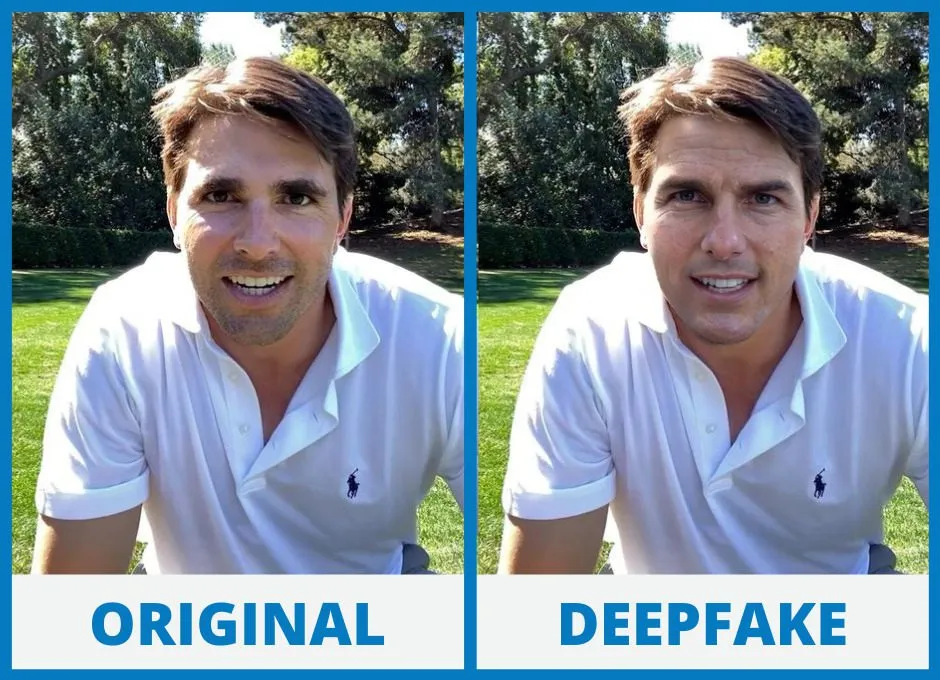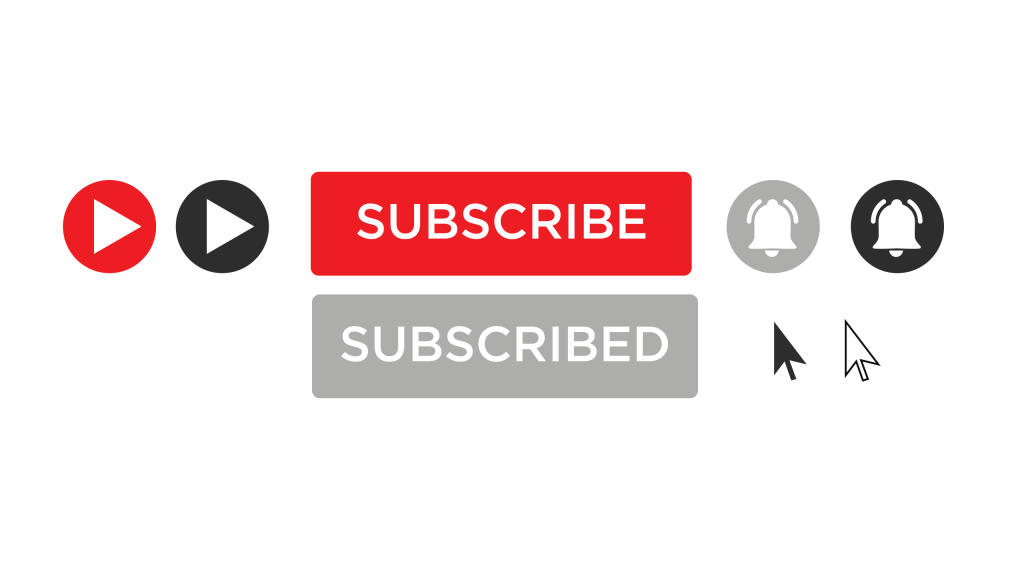In today’s digital landscape, YouTube is a powerhouse of content creation, but not all creators are what they seem. Fake YouTubers have emerged, often presenting a glossy facade that captivates audiences while hiding inauthentic practices. Identifying these creators is crucial for viewers seeking genuine content. So, how do you spot them? Let’s dive into the characteristics that set fake YouTubers apart from the real deal.
Understanding Inauthentic Content

Inauthentic content is designed to mislead or manipulate viewers, often prioritizing style over substance. Here are some key indicators to help you spot it:
- Overly Polished Production: While quality is important, excessively edited videos can often hide a lack of genuine engagement. If everything seems too perfect, it might be a red flag.
- Misleading Titles and Thumbnails: Clickbait tactics are rampant. If the title promises one thing but the content delivers another, the creator might be more focused on views than authenticity.
- Fake Engagement: Watch for comments and likes that seem out of place. Sometimes, fake followers or bots inflate a creator’s popularity, making their content appear more credible.
- Repetitive Themes: If you notice a creator sticking to the same trend or gimmick without genuine evolution, they might be chasing trends rather than sharing personal insights or experiences.
To further illustrate, let’s consider an example:
| Fake YouTuber | Characteristics |
|---|---|
| Channel A | Overly edited, clickbait titles, and promotional content with little personal touch |
| Channel B | Genuine storytelling, authentic engagement with viewers, and a clear personal brand |
Inauthentic content often lacks heart. When creators focus solely on trends, they can lose their unique voice. Authentic creators, on the other hand, share their journeys, thoughts, and experiences, connecting with their audience on a deeper level. As a viewer, it’s essential to support those who stay true to themselves rather than those chasing the next viral sensation.
So next time you’re scrolling through YouTube, keep these tips in mind. Recognizing fake YouTubers and inauthentic content benefits not just you but the entire community of genuine creators trying to make their mark! Happy viewing!
Also Read This: How to Bypass YouTube AdBlock Detection and Enjoy Content Without Interruptions
3. Common Red Flags of Fake YouTubers

Identifying fake YouTubers can save you from wasting your precious time and energy on content that's not genuine. Here are some common red flags to watch out for:
- Overly Polished Content: While high production values are great, an excessively polished YouTube video can sometimes indicate a lack of authenticity. If the editing feels too perfect, it might be scripted or manipulated. Look for creators who embrace imperfections and genuine moments.
- Fake Engagement: Check the comments section. Are there tons of generic comments like "Great video!" or "Love this!" from accounts with no profile pictures or activity? This could indicate that the influencer is buying fake engagement to inflate their views and credibility.
- Unrealistic Claims: If a YouTuber claims they can help you make $10,000 in a day or achieve an incredible transformation overnight, it’s time to proceed with caution. Authentic creators usually provide content that is not only realistic but also backed by evidence.
- Lack of Transparency: Real YouTubers often share their journey, including struggles and failures. If a creator seems to gloss over tough times or never talks about setbacks, they may not be genuine. Transparency builds trust, and you should expect nothing less!
- Sudden Changes in Content: If a creator suddenly shifts their content focus purely for trends or sponsorships without explanation, it can be a sign of inauthenticity. True creators usually evolve their content gradually and maintain a connection to their original passion.
Being aware of these red flags can help you navigate the vast world of YouTube more effectively. It’s essential to cultivate a critical eye as you explore content and engage with different creators.
Also Read This: Which YouTuber Are You Quiz? Fun Ways to Discover Your Creator Match
4. Tips to Spot Inauthentic Content
Now that you know some red flags, let’s talk about how to spot inauthentic content effectively. Here are some handy tips:
- Research the Creator: Before diving into their content, take a moment to look up the creator’s background. A quick Google search can reveal if they've been involved in any controversies, scandals, or if they have a history of authenticity.
- Check for Consistency: Authentic creators usually have a consistent style, tone, and message. If you notice drastic changes in their persona or content direction, it could be a sign that they are not being genuine.
- Look for Sponsored Content Disclosures: Genuine influencers will always disclose when a video is sponsored. If you notice lots of promotional content without any disclaimers, this can be a sign that the creator is more focused on profit than authenticity.
- Engage with the Community: Pay attention to how creators interact with their audience. Are they responding to comments? Do they engage in real conversations? Authentic creators will build a community rather than just broadcast their message.
- Trust Your Instincts: Your gut feelings can be powerful! If something feels off about a creator or their content, don’t hesitate to step back. Trusting your instincts can help you avoid falling for fake personas.
By employing these tips, you can better distinguish between genuine and inauthentic content. Remember, engaging with authentic YouTubers not only enriches your viewing experience but also supports creators who are true to themselves.
Also Read This: How Long Does a YouTube Video Take to Upload and What You Need to Know About Uploading Time?
5. How to Verify a YouTuber's Authenticity
When it comes to navigating the vast world of YouTube, verifying a YouTuber's authenticity is crucial. Here are several practical steps you can take to ensure that the content creator you’re following is genuine:
- Check Their About Page: Most legitimate YouTubers will have a detailed About section on their channel. This should include their biography, the type of content they create, and their social media links. If this section is sparse or completely missing, proceed with caution.
- Look for Consistent Branding: Authentic YouTubers often have a cohesive brand across their various platforms. Verify their presence on other social media sites like Instagram, Twitter, or TikTok. If their branding (logos, style of communication, etc.) aligns across platforms, it’s a good sign.
- Analyze Subscriber Count vs. Engagement: A staggering subscriber count with low views or likes on videos can be a red flag. Authentic creators typically see engagement that reflects their subscriber base. For example, if a channel has 1 million subscribers but only gets a few thousand views per video, it may signal they’ve bought fake followers.
- Check for Sponsorship Clarity: Genuine YouTubers usually disclose sponsorships and collaborations clearly. If you notice a YouTuber promoting products without proper disclaimers, it might be a sign they’re prioritizing profit over authenticity.
- Read Comments and Community Posts: Engage with the community. Authentic YouTubers often have a loyal fanbase that interacts regularly in the comments section. Look for meaningful conversations and responses from the creator. If the comments seem spammy or overly promotional, that’s a red flag.
By taking these steps, you can better equip yourself to discern who is real and who might be putting on a facade. Remember, the online world can be tricky, but a little bit of due diligence goes a long way!
6. The Impact of Fake YouTubers on the Community
Fake YouTubers can have a profound and often negative impact on the community, and it’s essential to understand the ripple effects of inauthentic content. Here are a few key points to consider:
- Loss of Trust: When viewers discover that a beloved YouTuber is inauthentic, it can lead to a widespread erosion of trust. This extends beyond just one channel; it can cause viewers to second-guess other creators, making them skeptical of recommendations and promotions.
- Product Misinformation: Many fake YouTubers promote products they’ve never used, often for financial gain. This can lead viewers to invest in low-quality or ineffective products. For instance, if a YouTuber falsely endorses a skincare product, their followers may end up spending money on something that doesn’t work for them, causing disappointment and mistrust.
- Undermining Genuine Creators: Authentic content creators can suffer from the impact of fake YouTubers who saturate the platform with inauthentic content. It can be challenging for genuine creators to stand out when audiences are bombarded with flashy yet deceptive content.
- Negative Community Dynamics: The presence of fake YouTubers can create a toxic environment where followers are pitted against each other. For instance, viewers might engage in heated debates defending their favorite creators or attacking those who question the integrity of certain channels.
- Impact on Mental Health: Following inauthentic influencers can lead to unrealistic expectations and comparisons, which can negatively affect mental health. Viewers might feel inadequate when trying to measure up to the curated lives presented by fake YouTubers.
In conclusion, the proliferation of fake YouTubers can disrupt the YouTube ecosystem. However, by educating ourselves and promoting authenticity, we can contribute to a healthier and more supportive community where genuine creators thrive.
 admin
admin








